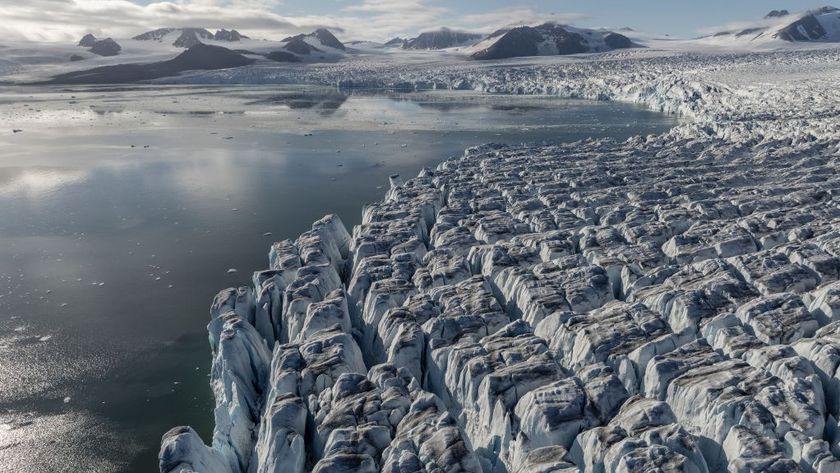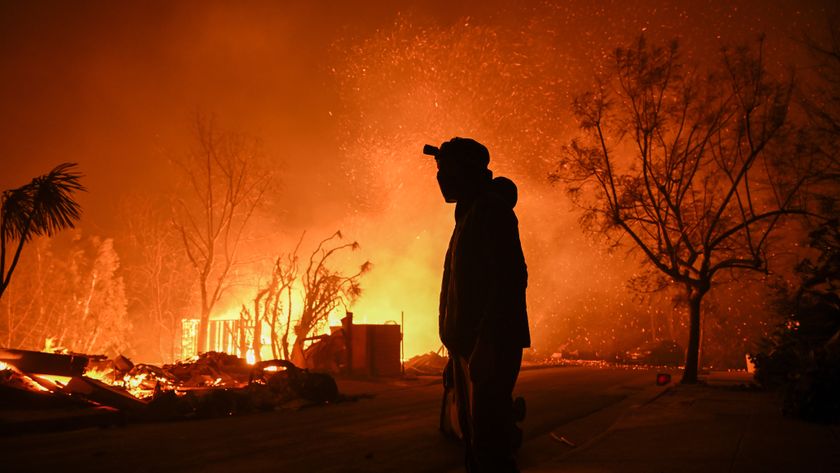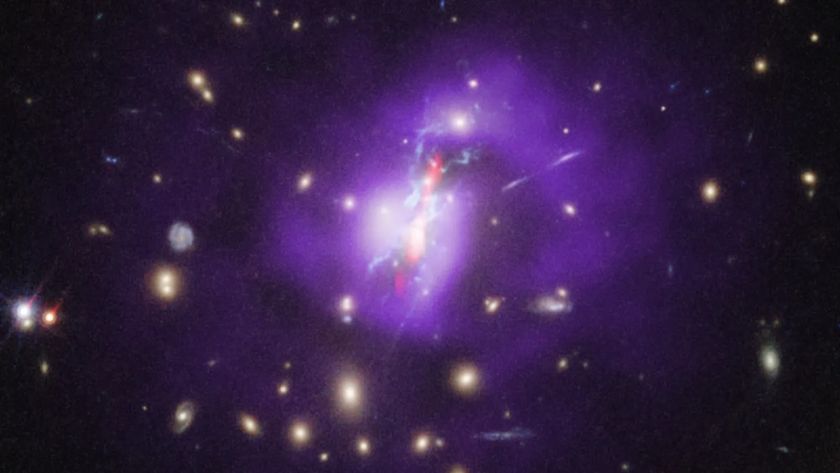Happy Earth Day! 6 Books to Read to Celebrate the Planet
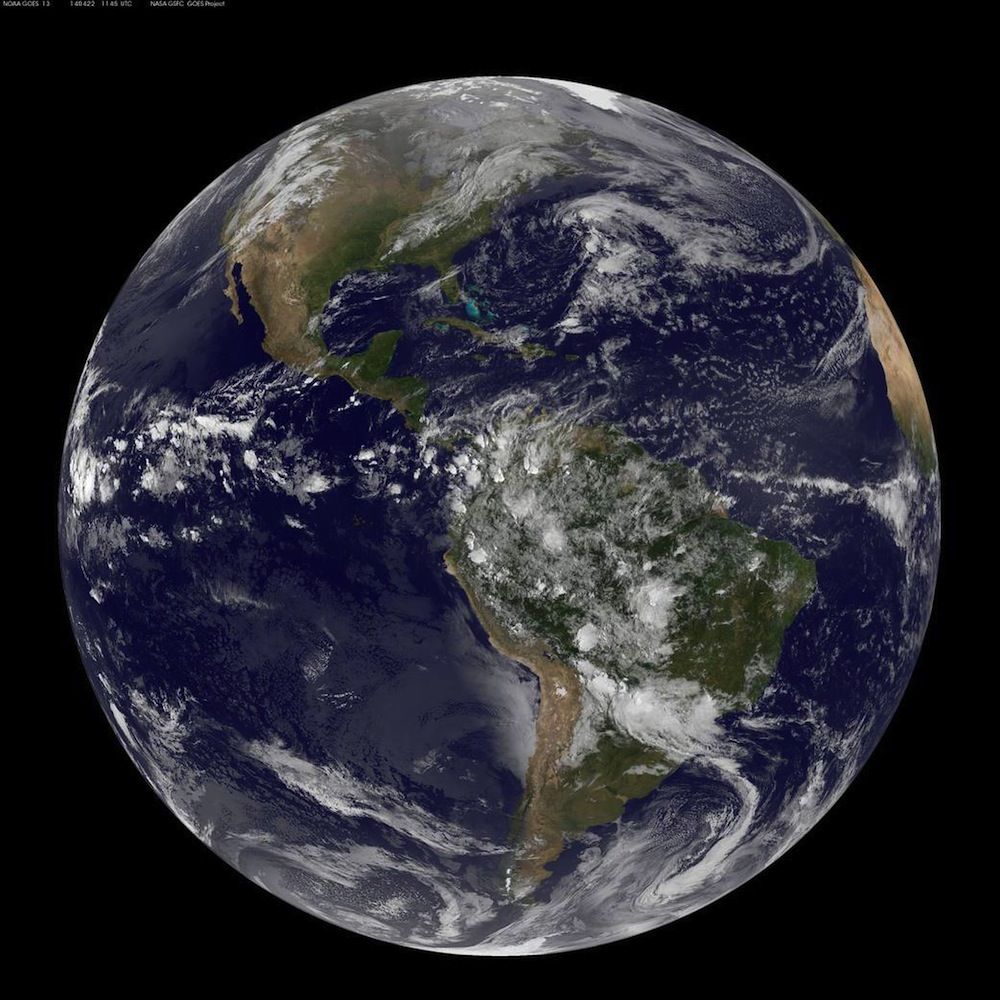
This Friday is Earth Day, which means people around the world will pause to celebrate the beauty and wonder of the planet, and promote ways to protect the environment.
This year marks the 46th Earth Day (on April 22), but even if you're a seasoned environmentalist or a relative newbie, there's plenty to learn about our "pale blue dot."
So whether you're planning to mark the occasion by planting a tree, volunteering for an environmental organization or cleaning up your local park, here are six books to add to your Earth Day reading list.

"An Astronaut's Guide to Life on Earth" by Chris Hadfield
If anyone is going to have a unique perspective of planet Earth, it's going to be someone who has spent more than 4,000 hours off it — living and working in space. Retired Canadian astronaut Chris Hadfield flew on two space shuttle missions, and most recently, in 2012, spent five months aboard the International Space Station. During his time in space, Hadfield revolutionized NASA's public outreach program, by sharing countless photos and videos from the orbiting outpost. Hadfield's book, "An Astronaut's Guide to Life on Earth" (Back Bay Books, 2015), offers insights into how his astronaut training and subsequent missions changed how he lives his life on Earth. [50 Amazing Facts About Planet Earth]
The result is a compulsively readable book that will take you on an out-of-this-world adventure but leave you with a strong appreciation for this beautiful planet.

"Silent Spring" by Rachel Carson
Rachel Carson's "Silent Spring" (Houghton Mifflin, 1962) is credited with launching the modern environmental movement and has since become a nonfiction classic. Carson's seminal book exposed the dangers caused by the indiscriminate use of the pesticide DDT, detailing its effect on wildlife and the resulting hazards when DDT enters the food chain. Arguably, the most famous part of the meticulously researched book is the haunting chapter titled "A Fable for Tomorrow," in which Carson writes about a fictitious American town where life has been "silenced" by the ongoing use of DDT.
Chemical companies were quick to attack Carson's work, but "Silent Spring" helped raise public awareness about the effects of human actions on the environment, and the book eventually led to a nationwide ban on the use of DDT.
Sign up for the Live Science daily newsletter now
Get the world’s most fascinating discoveries delivered straight to your inbox.

"An Inconvenient Truth: The Planetary Emergency of Global Warming and What We Can Do About It"by Al Gore
Former U.S. Vice President Al Gore has worked hard to breathe new life into the modern environmental movement, and his book "An Inconvenient Truth" (Rodale Press, 2006) was based on a series of lectures he gave about global warming and the impending climate crisis. The book, along with a 2006 documentary of the same name, present the latest research and data (at the time) on global warming in a clear and accessible way, making it a good place to start for anyone new to the topic. The documentary became a cultural phenomenon, going on to win two Academy Awards (for Best Documentary Feature and Best Original Song). The book elaborates on many of the ideas raised in the film, offering additional data, illustrations and charts. [8 Ways Global Warming Is Already Changing the World]
"The truth about the climate crisis is an inconvenient one that means we are going to have to change the way we live our lives," Gore wrote in the book.

"Oxygen: The Molecule that Made the World" by Nick Lane
There's nothing more ubiquitous on Earth than the air we breathe, so why not spend Earth Day diving into a sweeping history of the precious molecule that helps make life on the planet possible. In "Oxygen: The Molecule that Made the World" (Oxford University Press, 2004), biochemist Nick Lane tackles one of the most puzzling riddles: "Oxygen is a toxic gas. Divers breathing pure oxygen at depth suffer from convulsions and lung injury. Fruit flies raised at twice normal atmospheric levels of oxygen live half as long as their siblings. Reactive forms of oxygen, known as free radicals, are thought to cause ageing in people. Yet if atmospheric oxygen reached 35 per cent in the Carboniferous, why did it promote exuberant growth, instead of rapid ageing and death?"
Lane's captivating book spans billions of years and cuts across multiple disciplines — from chemistry to molecular medicine to environmental sciences — in a fascinating look at how oxygen affects everything on Earth.
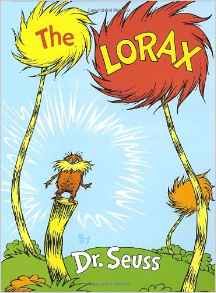
"The Lorax" by Dr. Seuss
Earth Day isn't just for grown-ups, and young readers can also mark the occasion by picking up a classic from Dr. Seuss. "The Lorax" (Random House, 1971) is a cautionary tale about the "Once-ler" (thought to represent corporate greed), who altered the environment forever by over-harvesting "Truffula Trees" and "Brown Bar-ba-loots" from a beautiful valley. The character of the Lorax speaks for the trees and teaches of humanity's responsibility to protect the environment and appreciate the planet's beauty.
This much-adored children's book was turned into a computer-animated film in 2012, produced by Illumination Entertainment.

"Planet Earth: As You've Never Seen It Before" by Alastair Fothergill
Planet Earth is pretty darn photogenic, but if you don't already agree, look no further than this coffee-table book chock-full of more than 400 awe-inspiring photos of imposing mountains, lush landscapes, pristine deserts, amazing wildlife and much more. "Planet Earth: As You've Never Seen It Before" (University of California Press, 2007) is a companion to the well-known "Planet Earth" TV series from Discovery Channel and the BBC. [Images: One-of-a-Kind Places on Earth]
This book won't just look great in your living room, it'll serve as a constant reminder of the wondrous beauty that can be found in every nook and cranny of the planet.
Follow Denise Chow on Twitter @denisechow. Follow Live Science @livescience, Facebook & Google+. Original article on Live Science.

Denise Chow was the assistant managing editor at Live Science before moving to NBC News as a science reporter, where she focuses on general science and climate change. Before joining the Live Science team in 2013, she spent two years as a staff writer for Space.com, writing about rocket launches and covering NASA's final three space shuttle missions. A Canadian transplant, Denise has a bachelor's degree from the University of Toronto, and a master's degree in journalism from New York University.
